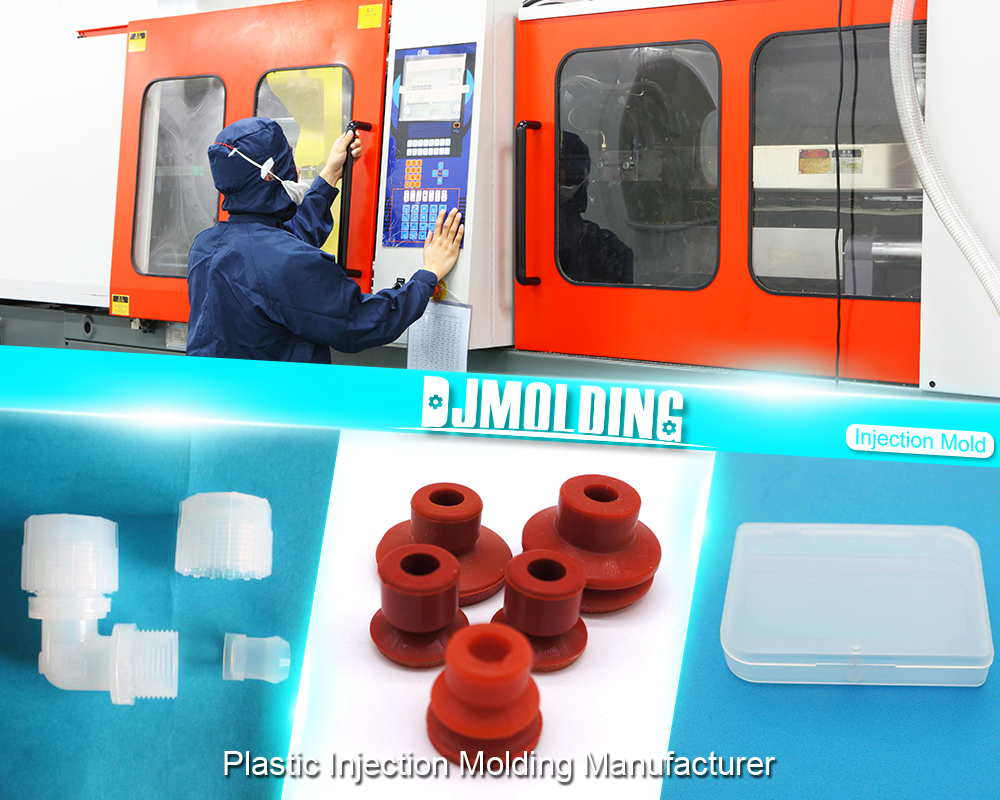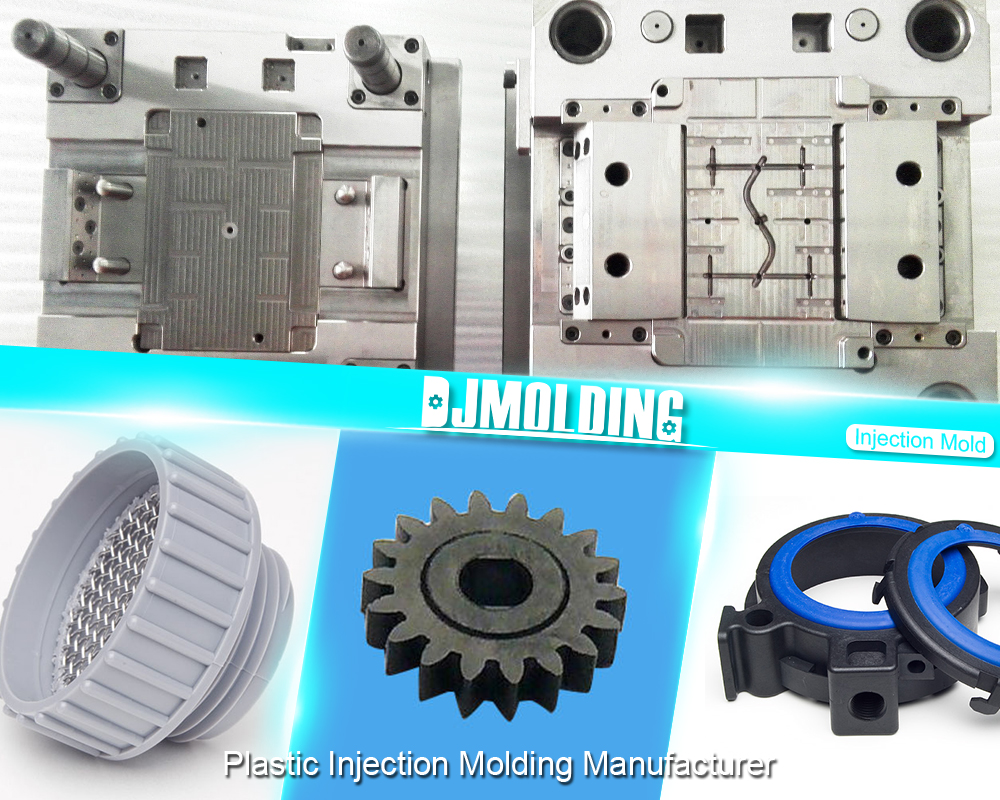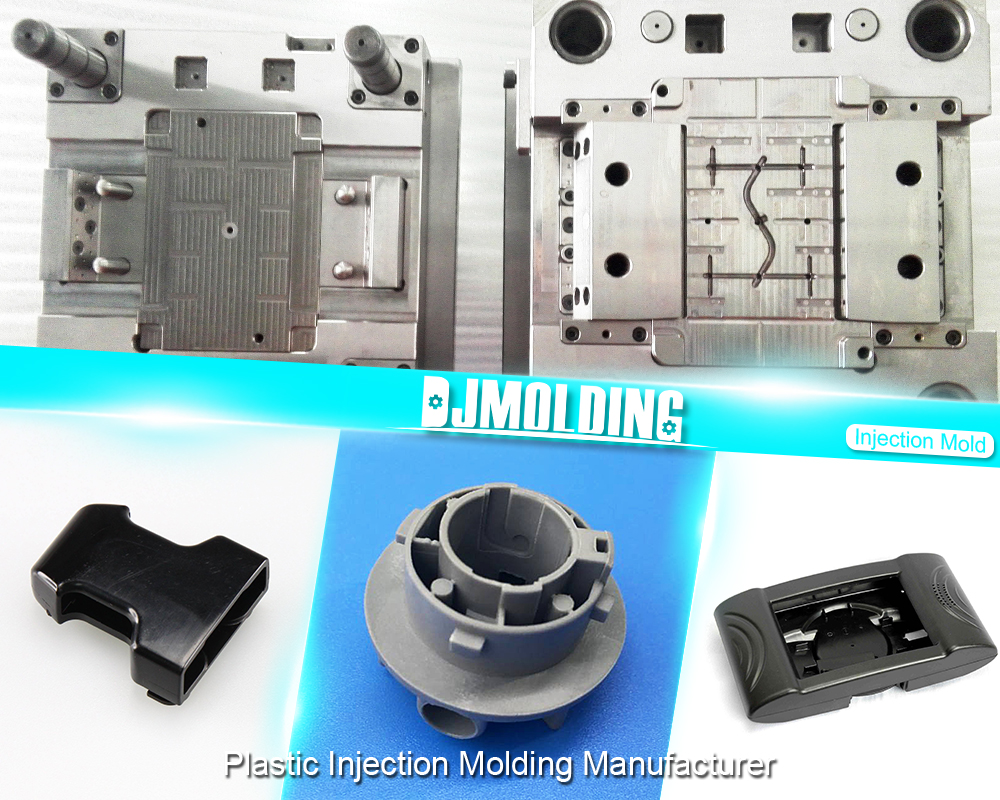The Game-Changing Innovations In Low-Volume Production: Revolutionizing The Plastic Parts Manufacturing Industry
The Game-Changing Innovations In Low-Volume Production: Revolutionizing The Plastic Parts Manufacturing Industry
Low-Volume Manufacturing: What is it?
Manufacturing companies may concentrate on making smaller quantities and batches of completed goods and control costs by using low-volume manufacturing. We will discuss low-volume manufacturing including its definition, types, and advantages.
Small-scale product and good prototyping is known as low-volume manufacturing. Hybrid manufacturing techniques, which blend additive and conventional manufacturing components, cut labor, material, and tooling costs while maintaining a lower production volume. It is growing in popularity over time since it saves users both cash and time while granting them quick access to a variety of markets.
Low-volume manufacturing is becoming increasingly common in factories since many industries have discovered that it enables them to reach consumers faster. For this reason, it is crucial that you take this into consideration. It enables companies to alter their layouts, provide greater personalization, and cut expenses.

Low-Volume Manufacturing Types
To meet minimal order requirements and generate goods, three low-volume manufacturing techniques can be employed: 3D printing, CNC machining, and injection molding. We’ll go into more detail about all of these categories below.
In-Mold Processing
Production techniques known as injection molding employ a custom mold to create goods that meet the unique requirements of each project. After selecting the raw material, it is heated until it becomes liquid before being injected into the mold’s cavity. The material is opened, discharged, and prepared for shipping once it finishes cooling inside the mold. In the meantime, a new product is made using the same mold.
Plastics, metals, and other materials can all be molded via injection molding. Additionally, this procedure contributes to the production of reliable goods that are very resilient to weather and strong. To make an automobile part for a specialized car, for instance, plastic components can be placed into a mold, and the mold can be reused for the remainder of the run of production.
CNC Turning
In CNC machining, a pre-planned program is input via software to control the motion of the equipment and tools inside the apparatus. Using instructions and prompts, CNC machining software can produce intricate objects using three-dimensional cutting and molding.
Another simple and consistent technique for producing high-quality products quickly is CNC machining. Along with being scalable, it requires less money for equipment, setup, and preparation of the machine and can work with a variety of raw materials.
Manufacturing and 3D Printing
Layering raw materials is a technique used in additive manufacturing processes, or 3D printing, to manufacture items. A designer produces a design with CAD software, and the program subsequently constructs it. Using the machine’s instructions, the software constructs the design by layering layers on top of each other. Once every product is constructed, the procedure is repeated.
Because three-dimensional printing and manufacturing can produce extremely intricate and delicate pieces, they are ideal for items that need to weigh less. In addition, it has almost infinite customisation and freedom of design for various commodities and requires less labor than conventional machining for production in mass quantities.
Benefits of Manufacturing in Low Volume
It is still valid that companies that have to create larger quantities of goods but are unable to do it in smaller batches can greatly benefit from high-volume production. Nonetheless, there are four main advantages of low-volume production and product development to take into account.
1) Promotes products quickly
Even with the best technology, high-volume production that produces a large number of items takes time to complete. This implies that large-scale products may have a longer time to market, requiring you to spend more time catching up than ahead of the curve. Businesses can enter the market rapidly and launch their products before rivals do so by using low-volume production.
2) conserves money
The money you can save by using low-volume manufacturing is another advantage. The prices of tools, materials, and labor are significantly reduced, in particular for polymer molding by injection and pressure die-casting projects. For some products, low-volume manufacturing can ultimately save your company more money than high-volume production.
3) Offers greater process flexibility for product design
You can alter different aspects of the item’s design or provide your customers with more customization options when you aren’t producing your goods in large, batch production runs. Instead of large-scale production, this gives you greater control over the good and enables you to make the greatest product to maintain your market dominance.
4) Low Volume Manufacturer Solutions
There are numerous advantages to low-volume manufacturing that may interest clients. However, maintaining the most efficient operation of your production may prove challenging due to erratic demand and fluctuating requirements.
5) Link to large-scale production
By using low-volume manufacturing, you can avoid the large capital expenditures associated with mass production. Low-volume manufacturing can assist you in researching market demand and risk management in emerging areas. This motivates you to produce only what is necessary in order to move from mass production to prototype.
6) Fast iteration and design modifications
Digital manufacturing techniques are used in low-volume production, which enables faster design iterations, corrections, and solutions to problems that arise during the product life cycle.

How Do You Select a Manufacturing Process for Production at Low Volumes?
The transition from concept to manufacture constitutes one of the most difficult obstacles to overcome in the development of a new product. Even the most straightforward components can take weeks to produce using standard manufacturing techniques, and tooling costs can run into the hundreds of dollars. These expenses can be too much for small-scale production runs of 100–1000 pieces.
Thankfully, there are some choices that are better suited for production on a smaller scale, such as:
In additive manufacturing, also known as 3D printing, objects are made by fusing tiny plastic layers together.
-Urethane casting: a soft mold made of liquid silicone that dries around an initial object is used to make the pieces.
Aluminum casting: The process for manufacturing parts for aluminum tool injection casting is exactly the same as for typical injection molding, except the instrumentation is constructed of aluminum instead of steel since it is easier to manufacture.
For more about the game-changing innovations in low-volume production: revolutionizing the plastic parts manufacturing industry,you can pay a visit to Djmolding at https://www.djmolding.com/low-volume-manufacturing-service/ for more info.




